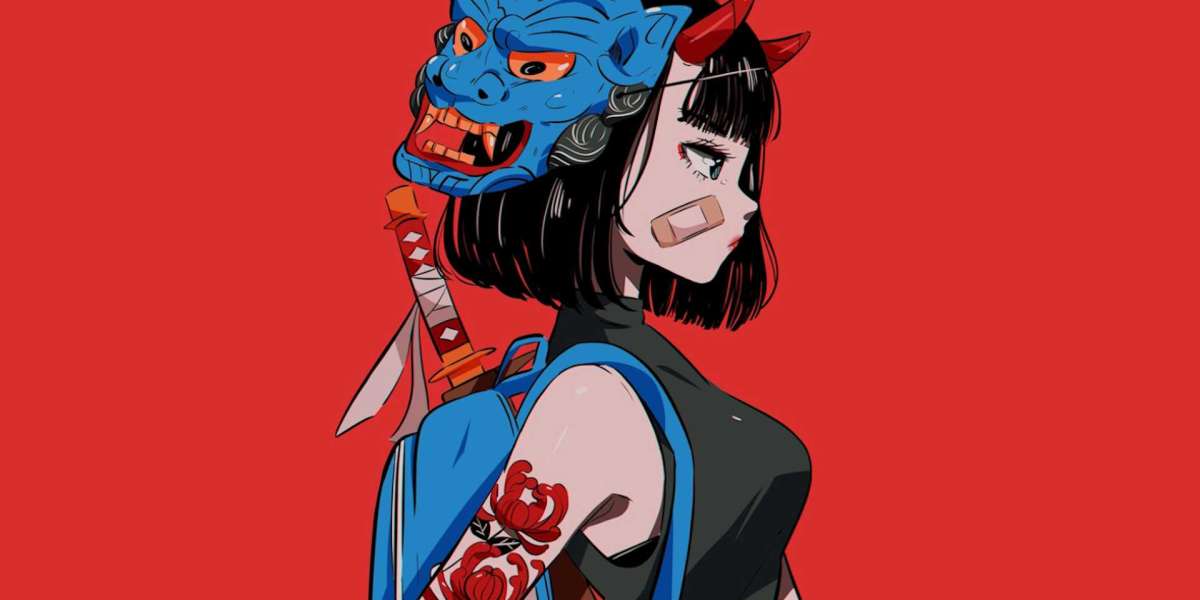The world of artist figures has undergone a remarkable transformation over the centuries. From the grandeur of classical sculptures to the innovative designs of modern abstracts, the evolution of these artistic representations reflects broader cultural shifts and artistic movements. This article delves into the journey of artist figures, highlighting their significance and the various styles that have emerged.
Classical Sculptures: The Foundation of Artist Figures
In ancient civilizations, artist figures were primarily created to honor deities and commemorate historical events. The Greeks and Romans excelled in crafting lifelike sculptures that celebrated human beauty and strength. These figures were often made from marble or bronze, showcasing intricate details and a deep understanding of human anatomy.
- Realism: Classical sculptures emphasized realism, capturing the essence of the human form.
- Symbolism: Many figures represented mythological themes, conveying deeper meanings.
- Technique: Artists employed advanced techniques, such as contrapposto, to create dynamic poses.
How did these classical styles influence later artistic movements? The answer lies in the foundational techniques and themes that continue to inspire artists today.
The Renaissance: A Revival of Artist Figures
The Renaissance marked a pivotal moment in the history of artist figures. Artists like Michelangelo and Donatello revived classical ideals, infusing them with a new sense of emotion and individuality. This period saw the emergence of sculptures that not only depicted physical beauty but also conveyed complex human emotions.
- Humanism: The focus shifted towards the human experience, celebrating individuality.
- Innovative Materials: Artists began experimenting with different materials, including terracotta and marble.
- Emotional Depth: Sculptures from this era often depicted dramatic scenes, enhancing their emotional impact.
What can we learn from the Renaissance approach to artist figures? The integration of emotion and realism continues to resonate in contemporary art.
Modern Abstracts: Redefining Artist Figures
As we moved into the 20th century, the definition of artist figures began to expand dramatically. Artists like Henry Moore and Alberto Giacometti challenged traditional forms, opting for abstraction and minimalism. This shift allowed for a broader interpretation of what constitutes an artist figure.
- Abstract Forms: Modern artists often use simplified shapes to convey ideas rather than realistic representations.
- Conceptual Art: The focus shifted from the physical form to the ideas behind the artwork.
- Mixed Media: Artists began incorporating various materials, blurring the lines between sculpture and other art forms.
Could this evolution signify a departure from traditional aesthetics? Or does it represent a new way of understanding the human experience through art?
Conclusion: The Future of Artist Figures
The journey of artist figures from classical to modern times illustrates the dynamic nature of art itself. As we look to the future, it is essential to recognize the ongoing dialogue between tradition and innovation. Artists continue to push boundaries, creating figures that challenge our perceptions and evoke new emotions.
For those interested in exploring more about artist figures and their evolution, consider visiting  for a deeper insight into the world of artistic representation.
for a deeper insight into the world of artistic representation.








